GCSE Fine Art
Curriculum overview for GCSE Art and Design: Fine Art
Curriculum intent – the knowledge, understanding and skills that students will learn
By the end of the GCSE Fine Art course students will know how to analyse and critique artists’ work, whilst being able to visually analyse using content, process, form, and mood. They will develop a broad range of skills through experimentation and use of mixed media. Students will show their understanding through annotation and recording their learning in their sketchbooks, including the use of observational drawing, use of pastel, chalk and charcoal, oil pastel, ink, photography, painting, various printing methods, clay manipulation and glazing. The sketchbook reflects a student’s personal journey of skills and knowledge developing from the start of Year 10 through to the end of Year 11. Students practise and embed specific art terminology to be used when referring to the formal elements. They will have learnt about ‘Still life’ in Year 9 and the transition from Key Stage 3 to Key Stage 4 will further develop their skills of research, analysis and critique; experimentation and use of mixed media, including photography; recording work with evaluation and annotation through to producing final outcomes. Teacher demonstrations are provided throughout the GCSE course to show students how to research, analyse, record and practise compositions prior to producing final outcomes. Students are also encouraged to share good practice and teach each other skills, which further develops their independence and confidence. The two assessed projects in the course are designed to stretch students and challenge their drawing and media skills.
Curriculum implementation – teaching, learning and assessment strategies
At the beginning of Year 10, students complete a baseline test to access their skill level. They are provided with an Art vocabulary sheet to further their understanding of Art-specific terminology and set regular research projects and written visual analysis to complete. Teachers coach students in understanding how to avoid plagiarism by writing in their own words using Art terminology, as well as share visuals to demonstrate and encourage good presentation and grammatically correct written research. Students recap prior learning frequently, so that their skills can continue to be refined through experimentation. When peer and self-assessing, students use exam board criteria to become familiar with the assessment expectations of Component 1 and Component 2 tasks. The GCSE course is sequenced so that students are equipped with the skills and confidence to make personal choices in assessed projects, so that their work is truly individual to them.
Curriculum impact – intended outcomes for students
As a result of developing the specific learning, knowledge and understanding required of the GCSE Art and Design: Fine Art course, students will be ready to transfer these skills to the study of A Level Fine Art.
Course overview for GCSE Art and Design: Fine Art
Exam board: AQA https://www.aqa.org.uk/subjects/art-and-design/gcse/art-and-design-8201-8206 (8202 - Fine Art)
Coursework: Yes - On-going assessment
Component 1
Internal assessment
Window for assessment: September - December
Component 2
Internal assessment
Window for assessment: January - April
External moderator to mark moderation
Component 1: Coursework - Portfolio (60% of the qualification)
Each student must select and present a portfolio representative of their course of study. The portfolio must include both:
1. A sustained project developed in response to a subject, theme, task or brief evidencing the journey from initial engagement with an idea(s) to the realisation of intentions. This will give students the opportunity to demonstrate, through an extended creative response, their ability to draw together different areas of knowledge, skills and/or understanding from across their course of study.
2. A selection of further work resulting from activities such as trials and experiments; skills-based workshops; mini and/or foundation projects; responses to gallery, museum or site visits; work placements; independent study and evidence of the student’s specific role in any group work undertaken.
Responses will include evidence of drawing for different purposes and needs and written annotation.
Component 2: End of course examination - Externally set assignment (40% of the qualification)
Preparatory period / 10 hour supervised exam time
Students respond to a starting point provided by AQA. This response provides evidence of the student’s ability to work independently within specified time constraints, realise intentions that are personal and meaningful and explicitly address the requirements of all four assessment objectives.
